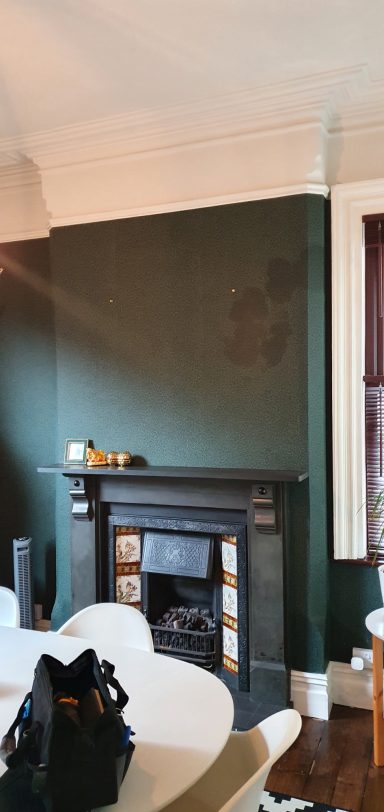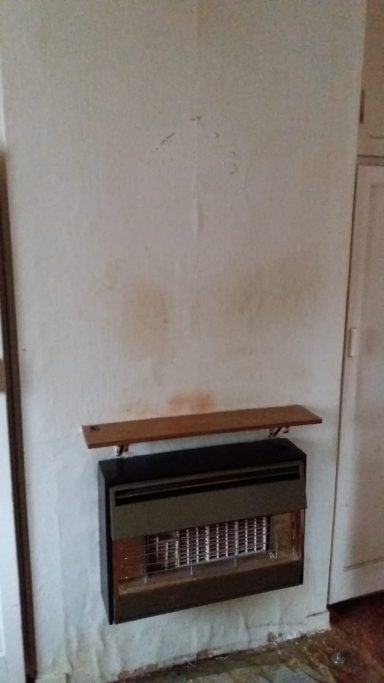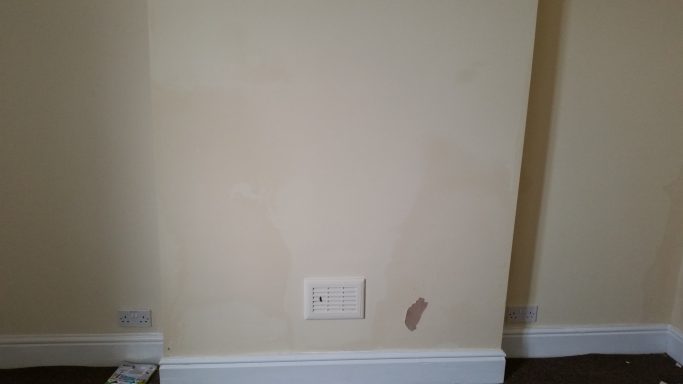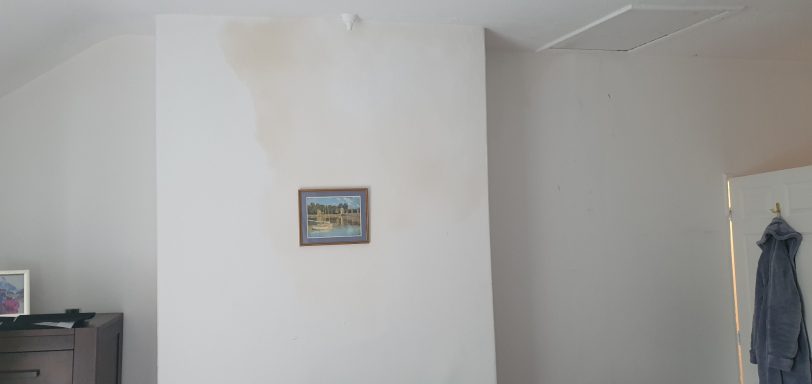Salt Damp - Hygroscopic Salt Contamination

Understanding Salt Contamination and Its Role in Damp Issues
Salt contamination in masonry and plaster is a major contributor to damp problems in buildings. While rising damp is often blamed, it is not the only cause. One of the most common sources of salt contamination is chimney breasts, where decades of exposure to combustion gases lead to the accumulation of salts. This contamination can appear not just at ground level but also on upper floors, making it a widespread issue in older properties.
Other potential sources of salt contamination include:
- Chimney flue gases – Acids in combustion gases form chlorides, nitrates, and sulphates, which migrate into the masonry, causing damp staining and degradation.
- Plumbing leaks – Prolonged leakage from tap water or central heating pipes introduces salts into walls and floors.
- Soil and animal waste contamination – Salts from soil water or urine, especially in barn conversions or former stables, can lead to persistent damp problems.
- Direct rain penetration – External walls exposed to driving rain can absorb moisture and salts, leading to damp patches inside.
Since many of these salts are hygroscopic (moisture-attracting), damp patches may appear and disappear depending on humidity and weather conditions—often leading to false assumptions about leaks. Because of this, a professional survey is essential to correctly diagnose and treat salt-related damp issues
Examples of Damp Chimney Breasts
Salt Damp
Here are examples of chimney breasts affected by salt contamination, a common issue caused by past or ongoing water ingress. Over time, moisture carries salts from the masonry to the surface, leading to damp patches, staining, and deterioration of plaster finishes.
These photos were taken in properties across Derbyshire and West Nottinghamshire, highlighting the widespread nature of chimney damp problems in older homes.
Why Does My Chimney Breast Have Damp Stains? Here’s the Likely Cause!
Damp staining on chimney breasts, walls, and ceilings is a common issue in many homes. Even after repairing the chimney stack externally, you might still notice persistent damp stains. But why does this happen? In this video, we explain the main causes of chimney breast damp, what leads to staining, and how to address the problem effectively. Watch now to learn more about damp proofing and protecting your home from moisture damage!
Aerial Chimney Inspection
We offer aerial chimney inspections to identify any defects, providing high-resolution photos that can be shared with a roofing or building contractor. This allows them to assess the necessary repairs and provide a quotation—often without needing to access the roof directly.
For internal repairs, we can provide a tailored specification to address salt contamination in the plasterwork on your chimney and adjacent walls, ensuring a long-lasting solution.


Vertical Damp Proofing Membrane Method
Here, we see an example of a vertical damp-proof membrane (Drybase Flex Membrane) being used to isolate damp masonry from the new plaster finishes. This damp-proofing solution effectively prevents moisture and salt migration, ensuring a dry, long-lasting decorative surface.
Once the membrane is installed, plasterboards or wet plaster systems such as Thistle Hardwall or Bonding Plaster can be applied directly on top. A final skim coat using Thistle Board Finish or Multi-Finish achieves a smooth, professional finish.
Drying & Redecoration Times
- Plasterboard finishes: Ready for redecoration within 1 week.
- Wet plaster finishes: Allow 6 weeks drying time before painting or wallpapering.
By using a vertical damp-proof membrane, this system provides a barrier against rising damp, penetrating damp, and salt contamination, ensuring a dry and durable internal wall finish.






